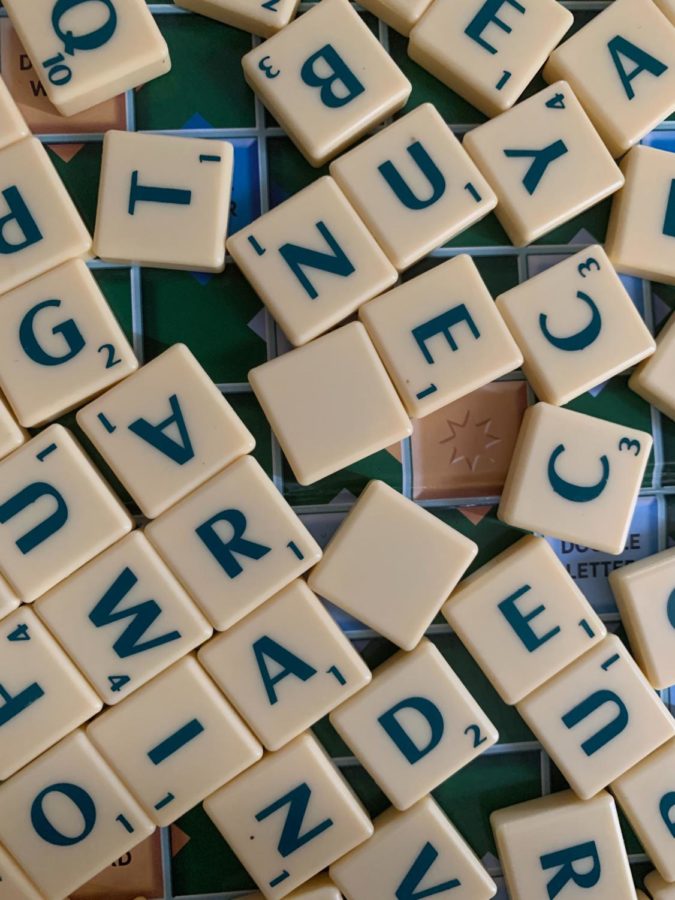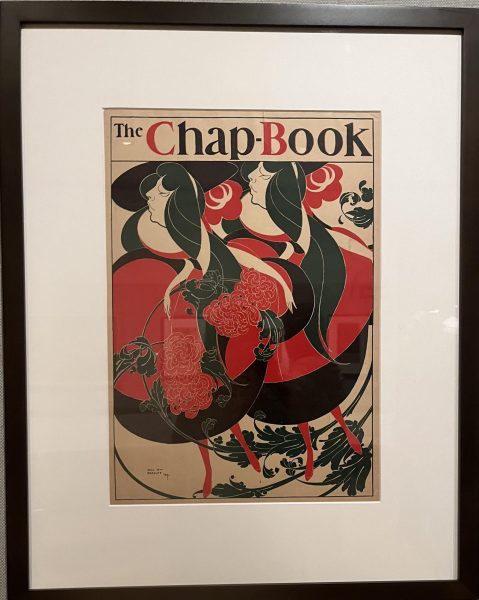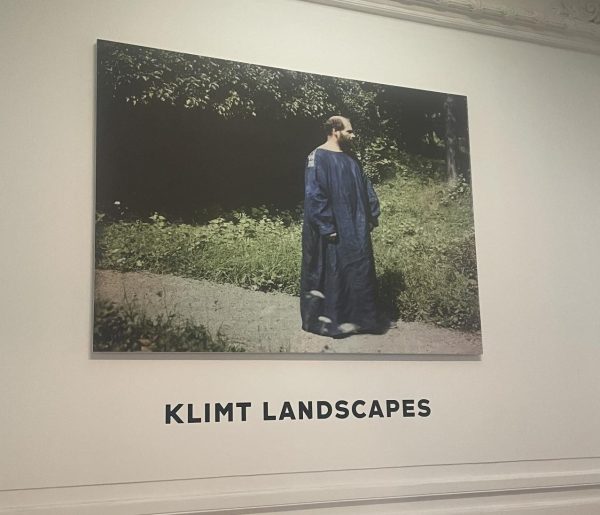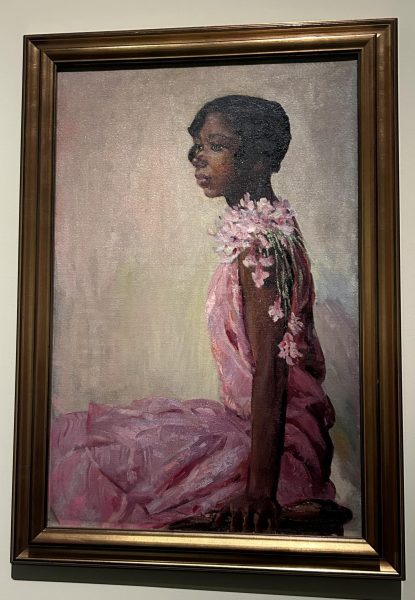From ‘Criss-Cross Words’ to ‘Scrabble’: A History of the Popular Word Game, Along With Some Tips For Playing
How Alfred Mosher Butts’ homemade board game became an international phenomenon.
When Alfred Mosher Butts created the tiles for ‘Criss-Cross Words,’ he cut each one of the 100 tiles out by hand!
When Alfred Mosher Butts, an unemployed architect living in New York City, created a board game called ‘Criss-Cross Words,’ he unknowingly started an empire that would inevitably become a cornerstone of the American identity. Although the game has remained popular for the past 90 years, its given name has been forgotten. It is now known as ‘Scrabble.’
Butts created Criss-Cross Words in his apartment in Jackson Heights, Queens in 1931, hoping to produce an activity that would distract the American people from the financial struggles of the Great Depression. He was strategic in its making, combining number, letter, and board games into one, as he believed that these games had withstood time and would continue doing so. When he had a finished plan for the board, he looked to the letter frequency on pages of newspapers like The New York Times and The Saturday Evening Post in order to determine how the letters on the tiles should be scored and distributed.
Unfortunately, his sentiment and grand plans were lost on any corporate sponsors, as his game failed to attract any interest for over a decade. He was also rejected by the Patent Office, who turned down the game twice.
Butts jumped on the first opportunity to pass Criss-Cross Words along when in 1948, 17 years after he had originally created the game, a man named James Brunot reached out to Butts about mass-producing Criss-Cross Words. Brunot and Butts made a deal: Brunot bought the rights to manufacture the game, and Butts was granted a royalty on every unit that was sold.
Brunot renamed the game ‘Scrabble’ and created some of the classic design elements and rules that are still in use today. He came up with the color scheme of pink, blue, indigo, and red, rearranged the bonus squares, and implemented the fifty-point bonus for players who use all seven tiles. His first manufacturing site was an abandoned schoolhouse converted in 1949 by Brunot and his family, who made 12 games an hour and 2,400 in total that year.
Although Brunot initially lost money on the game, Scrabble soon made its big breakthrough. According to legend, the chairman of Macy’s, Jack Straus, played Scrabble while on vacation, and decided to stock his stores with it. This led to an explosion in sales, and Brunot found himself unable to meet the high demand.
He was forced to sell the production rights to manufacturer Selchow and Righter, ironically a company that had previously rejected Criss-Cross Words. Scrabble was soon jumping from manufacturer to manufacturer as Selchow and Righter collapsed and later owner Coleco Industries Inc. went bankrupt. Hasbro Inc. quickly took over, sparking controversy with their desire to remove all “offensive” words from the Scrabble dictionary.
Scrabble’s popularity outdid anyone’s expectations; it became a staple game worldwide. In several African countries, Scrabble is even an official sport. The French Scrabble World Championships in 2008 took place in Senegal, and it was taken extremely seriously by members of the government, who commissioned a Scrabble-themed song for the event.
The current title of Scrabble World Champion is held by Nigel Richards. Born in 1967, the New Zealand-Malaysian player has won 5 titles in the Scrabble World Championships. Richards is also a five-time US national champion, an eight-time UK Open champion, a 15-time winner of the King’s Cup, and an 11-time champion of the Singapore Open Scrabble Championship. He has even won the French World Scrabble Championships despite not speaking the language, which he prepared for by spending nine weeks poring over the French dictionary.
Although professional players memorize an enormous number of words, learning how to play a good game at a nonprofessional level doesn’t require such a massive undertaking. Logophiles who simply play for fun agree on a few strategies that will not guarantee a victory against Nigel Richards, but will boost your score and help you to win against family and friends:
- Finding the perfect spot: When you have a high-scoring letter, don’t attempt to put it down immediately. Wait until you find a word where the letter will land on a bonus space, in order to maximize the number of points (unless it is the end of the game, in which case getting stuck with a high-scoring letter can be difficult to recover from).
- Using two-letter words effectively: Finding short words can actually benefit your score in the long run, adding up to around 50 points if used strategically.
- Using blank tiles: Blank tiles are best used when forming a seven-letter word, as this will get you a 50-point bingo.
- The letter S: There are only four S tiles in the whole game! Use them sparingly, don’t just add an S to the end of a word unless it lands on a bonus spot that brings in lots of points.
- Q but no U: There are also only four U tiles, so it helps your game if you memorize Q words that don’t need a U (qadi, qats, qibla…)
What began as one man’s dream during the Great Depression became a global sensation, one for which game lovers and word lovers alike are thankful. Alfred Mosher Butts’ creation transcended all barriers – geographic, cultural, and linguistic – and will remain a worldwide favorite for years to come.
What began as one man’s dream during the Great Depression became a global sensation, one for which game lovers and word lovers alike are thankful. Alfred Mosher Butts’ creation transcended all barriers – geographic, cultural, and linguistic – and will remain a worldwide favorite for years to come.
Ellora Klein is a Copy Chief for ‘The Science Survey.' She enjoys exploring different perspectives through writing, editing, and reading. Ellora chose...











